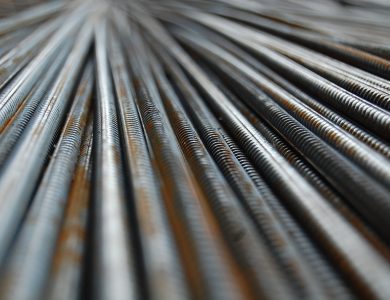
Top Tips for Implementing Dimensional Accuracy in Construction
The core of the project is dimensional accuracy in construction. The situation involves measuring with great precision and adhering to requirements, so that all the components come together perfectly, producing a safe, functional, and visually appealing structure.
Deviance from dimensional precision could be a reason behind the rework of projects, delays, and structural failures, even with small tendencies.
In this article, we shall discuss some practical tips on how to ensure the dimensional precision of all construction projects.
Tips for Improving Dimensional Accuracy in Construction
Here are some key tips to ensure dimensional accuracy throughout your construction project:
1. Invest in Detailed and Precise Construction Drawings
The starting point of dimensional quality control is planning. It is crucial to have the architectural and engineering drawings be exact and clear. This drawing must indicate all dimensions, tolerances, and material specifications for every part of the construction project.
Making use of Building Information Modeling (BIM) software enables more precision and beneficial collaboration between architects, engineers, and builders.
BIM is the 3D digital model set-up, that facilitates real-time clash detection and pinpointing of probable dimensional issues before construction starts. This technology allows for more efficient coordination among the various trades involved in a construction project.
2. Employ Skilled Professionals with Experience in Dimensional Control
The success of the construction project is dependent on the people behind it. Recruiting trained personnel with a comprehensive grasp of dimensional control is the core prerequisite. Having vetted surveyors in the field allows for proper site layout and foundation setting.
Highly skilled carpenters, masons, and other tradespeople who are involved in the construction process are those who value precision and pay the highest attention to detail.
3. Implement Regular Quality Control Measures
Ensuring dimensional continuity throughout the construction process is a condition precedent to quality assurance. Qualified experts’ periodic assessments, which help to detect deviations at the very onset, are crucial.
These inspections may involve using surveying equipment, laser levels, and other specialized tools for dimensional metrology. This is the science of precise measurement, and employing these techniques allows for real-time verification of measurements and identification of any errors before they become bigger problems.
4. Prioritize Clear Communication and Collaboration
Establishing good communication ties between all relevant project parties is paramount to dimension tolerance. Consistent meetings involving the presence of architects, engineers, contractors, and subcontractors among one another help keep everyone on the same page about the design intent and construction specifications.
Open communication channels help to identify any inaccuracies or possible problems with the measuring early before redoing proves to be costly.
5. Pay Attention to Detail During Installation
Dimensional accuracy is particularly crucial during the installation of various building components. Careful attention to detail is essential when installing windows, doors, cabinets, and other prefabricated elements.
Double-checking measurements and utilizing shims or other fine-tuning techniques ensure all components fit together seamlessly and function as intended. For instance, window installation requires precise measurements to ensure proper fit and avoid air leaks or water infiltration issues.



